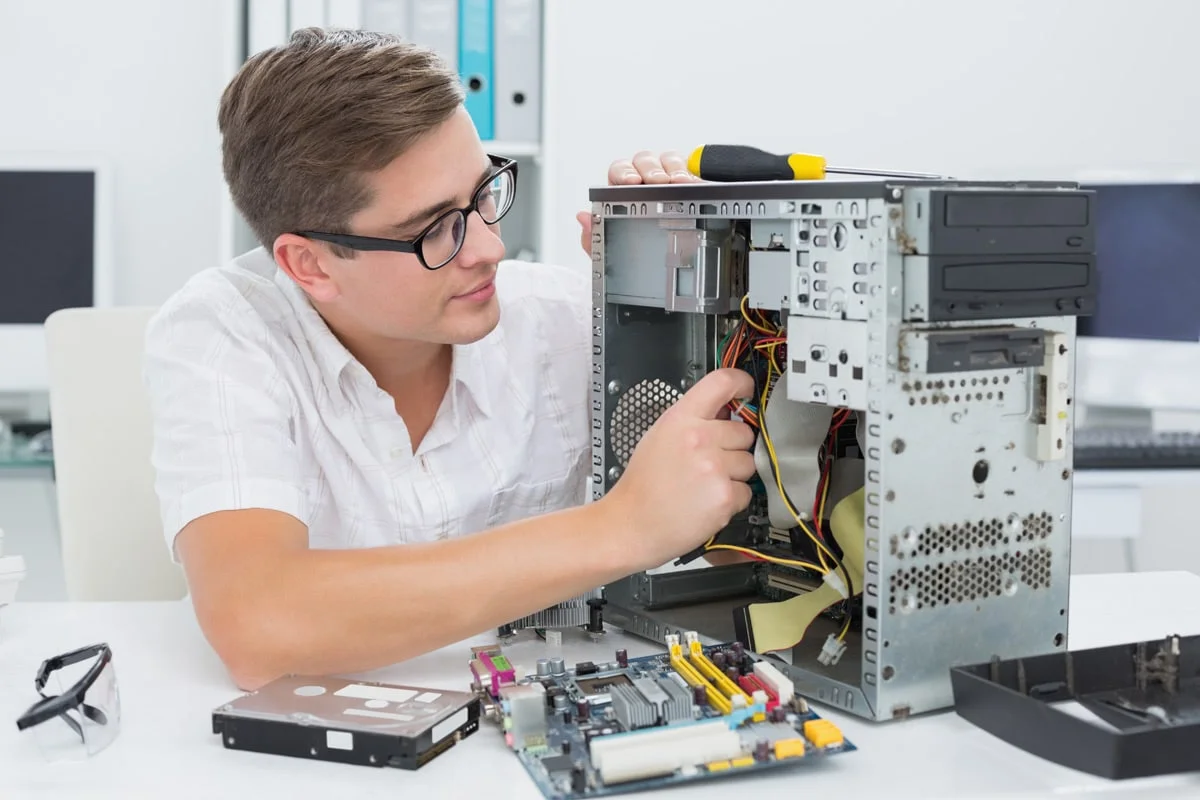Robotics is transforming industries by automating tasks, which brings efficiency, safety, and higher quality in production. Industrial robots are machines programmed to perform specific tasks, often in manufacturing, where they assemble, package, and inspect products with accuracy and speed. These robots can handle repetitive, heavy, or dangerous tasks, making them a valuable asset in industries like automotive, electronics, and pharmaceuticals. This guide explains the benefits of industrial robotics, from increased productivity to improved safety.
What Is Industrial Robotics?
Industrial robotics refers to the use of robots to automate tasks in production and manufacturing. Unlike robots you see in movies, industrial robots are often stationary and designed for a particular job, like welding, painting, or packaging. They’re usually programmed for precise, repetitive tasks that need to be done quickly. For instance, in a car factory, robots weld metal parts together with exact measurements, ensuring each car is built the same way. Robots can work 24/7 without breaks, helping companies produce more items in less time.
Increased Efficiency and Productivity
One of the main benefits of using robots in industry is efficiency. Robots don’t get tired, need breaks, or make mistakes from fatigue, so they can work continuously and produce more in a shorter time. In industries where speed is essential, such as electronics manufacturing, robots handle intricate tasks that require steady hands and precise movements. This high level of efficiency helps companies meet market demands faster, reducing wait times for products and ultimately helping businesses grow.
Consistent Quality and Precision
Robots are designed to repeat tasks with high accuracy, which ensures consistent quality in products. This is especially important in industries like pharmaceuticals, where even a tiny error can have serious consequences. By using robots, companies can maintain a uniform quality level across all products, minimizing defects and returns. Additionally, robots can perform delicate tasks that require a steady hand, such as placing tiny components on a circuit board. This level of precision is difficult to achieve with human hands, which can shake or tire over time.
Improved Workplace Safety
Robots take on dangerous, dirty, or physically demanding tasks, keeping workers safe. In industries like mining, construction, or chemical processing, workers face risks from toxic materials, heavy machinery, and extreme environments. By using robots for these jobs, companies can reduce accidents and injuries. For example, robots can handle toxic chemicals, heavy lifting, or welding tasks that involve high heat, which would be risky for humans. This allows workers to focus on less dangerous roles, improving overall safety and morale on the job.
Cost Savings Over Time
Although robots can be expensive to install, they save money in the long run. Since robots can work faster and without errors, they reduce production costs by minimizing wasted materials and increasing output. Additionally, robots can operate around the clock without overtime pay, further saving labor costs. While the initial investment may seem high, companies often see a return on investment through faster production, fewer mistakes, and less waste. Over time, the savings add up, making robotics a cost-effective choice for many industries.
Robots and Job Transformation
One common concern with robotics in industry is the impact on jobs. While robots can replace certain repetitive or dangerous tasks, they also create new jobs that focus on programming, maintaining, and monitoring these machines. For example, as robots become more common, there is a growing demand for skilled technicians who can repair and upgrade them. Additionally, workers who used to handle physical tasks can be retrained for roles that involve supervising robotic systems, improving their technical skills and job opportunities.
Adapting to Industry Needs
Robots are highly adaptable and can be reprogrammed to meet changing industry needs. In flexible manufacturing, robots can be reconfigured to handle different products, meaning a factory doesn’t need to buy new machines every time it switches production. For instance, an electronics factory can adjust its robots to assemble different phone models simply by changing the programming. This flexibility helps companies stay competitive by allowing them to quickly respond to market demands and trends without heavy investment in new equipment.
The Future of Robotics in Industry
The use of robotics in industry is likely to keep growing, with advances in artificial intelligence (AI) making robots even smarter and more capable. Future robots may be able to learn from their tasks, improving their speed and accuracy over time. Additionally, collaborative robots, or “cobots,” are designed to work alongside humans, assisting them rather than replacing them. Cobots can handle tasks that require human judgment or creativity, while workers focus on more complex decision-making and problem-solving. This blend of human-robot collaboration could shape the future of industries, combining the strengths of both.
Conclusion
Robotics is revolutionizing industries by increasing efficiency, ensuring consistent quality, and improving workplace safety. Industrial robots handle tasks that are repetitive, dangerous, or require high precision, allowing companies to produce goods faster and with fewer errors. While some fear robots will replace jobs, they also create new roles that require technical skills, helping workers adapt to modern industry needs. As technology advances, the role of robotics in industry will continue to grow, benefiting both businesses and consumers with better products and safer workplaces.




